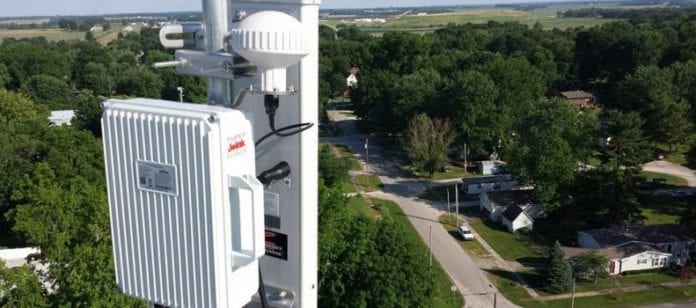Meet Baicells. A former Huawei fellow started the company in 2014, and gained significant traction with carrier China Mobile, the largest service provider, by subscribers, in the world. Now, Patrick Leary, president of Baicells North America, is ready to take on the lucrative U.S. market.
“It’s largely a space that has been riddled with kind of proprietary stuff,” Leary said of the small cell market. “LTE is finally able to wrap a standard around the services and give people much better investment protection. We kind of invent little tricks on the technology that makes the business model much more viable. For example, in small cells…one of the big challenges is you’re deploying a single small cell, the box itself is maybe a couple hundred bucks tops. The expense is all in the infrastructure,” namely power and backhaul. “We invented a small cell that’s basically the size of my wallet. It doesn’t disrupt the features,” of an installation. “We run backhaul using a power line carrier over that same dedicated power run. Without any dedicated infrastructure, we’ve created both the power and the backhaul.”
The company does a number of custom enclosures for its small cell solutions, including a unit that’s contained within in-building emergency lighting. Leary explained that these fixtures are generally already positioned in a good spot from a coverage provisioning perspective, and are already connected to a building’s power infrastructure.
Baicells is also heavily involved in the developing MulteFire space, which envisions deploying LTE in purely unlicensed 5 GHz spectrum.
“MulteFire is definitely something to keep an eye on and we believe that it will replace public Wi-Fi in the future, be utilized for multi-media service apps and will be a potential resource for IoT applications,” Leary said. “While it is not the only path, it is definitely one of the paths to 5G. Big operators like AT&T and Huawei are trying to steer MulteFire toward high-capacity IoT and there is a bit of a battle going on in terms of where MuleFire should go.” He said “IoT will stick with narrowband LTE. The net-net is that at the moment, there is still much debate over the best uses for MulteFire and where it should be, and we will see that play out over the next few years.”

